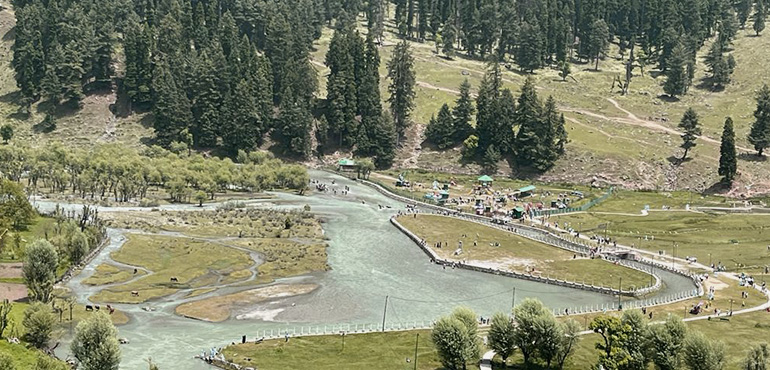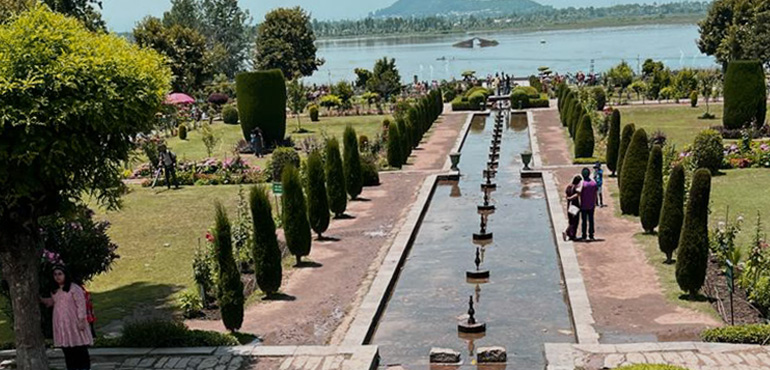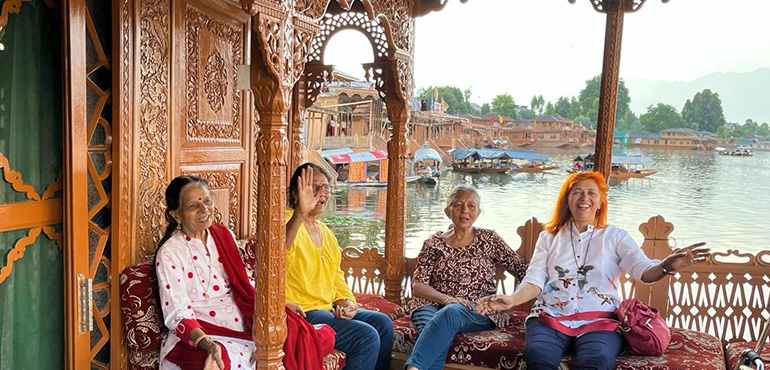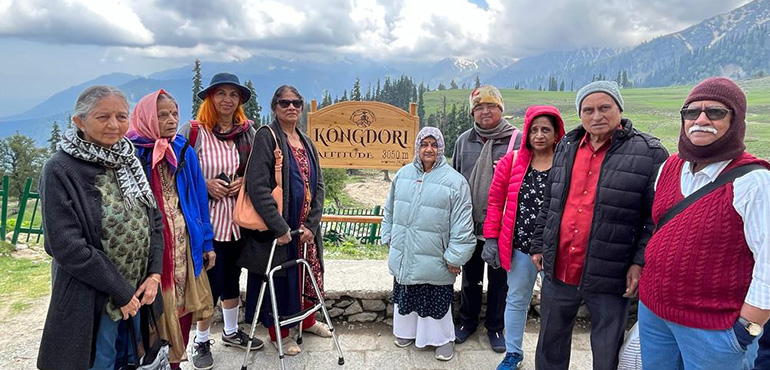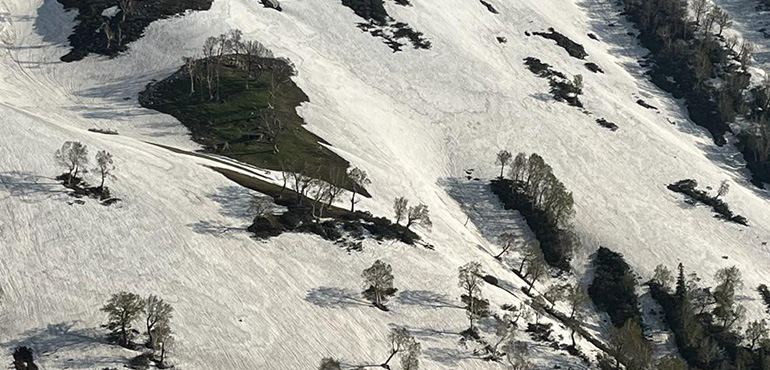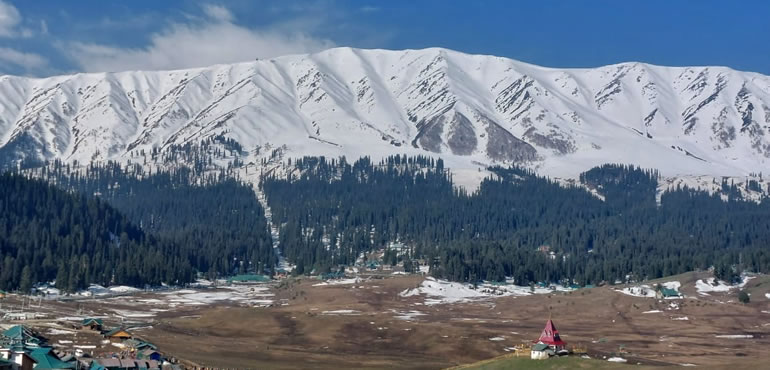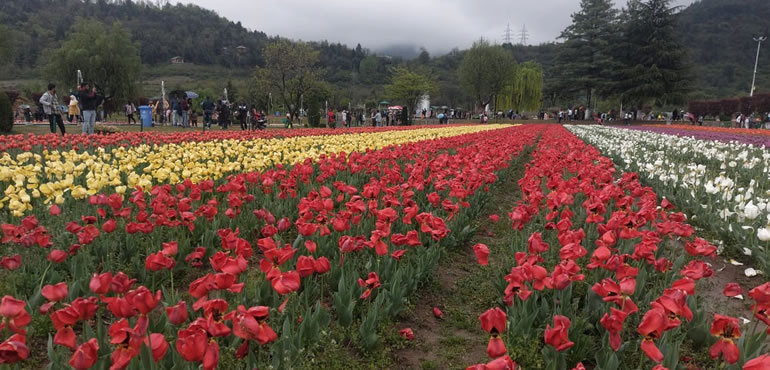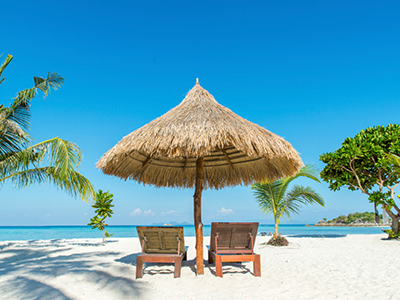After breakfast, visit Shankaracharya Temple , nearly 1000 Ft. above city level. The structure is considered as the oldest temple in Kashmir, historically and traditionally. It is situated on a hill that is a well preserved Panjal formed by volcanic activity. There is no consensus with regard to an exact date of construction. The earliest historical reference to the hill comes from Kalhana. He called the mountain 'Gopadri' or 'Gopa Hill'. Kalhana says that King Gopaditya granted the land at the foot of the hill to the Brahmins that had come from the "Aryadesa". The land grant, an agraharam, was called 'Gopa Agraharas'. This area at the base is now called Gupkar. Kalhana also mentions that King Gopaditya built the temple on the top of the hill as a shrine to Jyesthesvara (Shiva Jyestharuda) around 371 BCE. Kashmiri Hindus strongly believe the temple was visited by Adi Shankara (8th century CE) and has ever since been associated with him; this is how the temple and hill got the name Shankaracharya. Mughal Gardens in Srinagar are basically the gardens that were built during the reign on Mughal Emperors. Influenced heavily by the concept of Persian Gardens or the char bagh, these gardens drew heavily upon Persian style of architecture. Constructing Mughal Gardens was the most beloved pastime of the Mughal imperials. The common features that all Mughal Gardens share is the rectilinear layouts within the walled structure with canals, fountains, pools of running water and several species of shade - providing trees, flowers, fruits and aromatic grasses. No other emperor is credited with taking the garden architecture and floral designs to the height as Shah Jahan.
Shalimar Bagh is amongst the finest gardens in Kashmir, which were ever built by this Muslim dynasty. It is another enchanting creation, built under the eyes of the Mughal emperor Jahangir and this time built entirely by him. But before moving on to its description, its history must be given due attention. In the second century, King Pravarsena II founded the city of Srinagar. During his reign, he built a cottage for himself on the banks of Dal Lake, which he named Shalimar. Later on, this cottage got destroyed and was left in ruins. But one thing that remained the same was its name, Shalimar.
This name got carried forward in the coming centuries, and in the 16th century when Jahangir came to this place; he built a royal garden on the sight of it and named it Shalimar Bagh. In order to please his queen, the emperor built this royal garden, and today, in the 21st century, it is the pride of Kashmir Valley. The present-day Shalimar Bagh is attached with another garden Faiz Baksh, which was added in the later years during the reign of Jahangir’s son Shah Jahan. The lower portion of the garden, which comprises three of the terraces, is known as Diwan-i-Aam while the rest two are contained in the upper portion. It is believed that the upper portion of Shalimar Bagh was meant for the emperor and his royal courtiers, and hence, was called as Diwan-i-Khas. The Mughals took utmost care in decorating the garden. This resulted in setting up of pavilions, pools and fountains on the edges of each terrace. Overall, the design of the garden is well planned and it wonderfully depicts the Mughal style of architecture. Structures that greatly support such a statement are the Pink Pavilion (Diwan-i-Aam) and Black Pavilion (Diwan-i-Khas).
These two structures are also important as they are some of the few Mughal architectural buildings in the whole of Kashmir. Not just majestic wonders of brick and mortar, the two structures perfectly harmonize with the pristine natural beauty of Shalimar Bagh.
Nishat Bagh : A garden of bliss, a garden of joy, a garden of delight, whatever one chooses to call it, Nishat Bagh in Srinagar is exceptionally beautiful in every sense of the word. If one looks back in the pages of history, the Mughal era is likely to feel the most dominating one in Kashmir. After dethroning the mightiest of kings, these rulers of Persia set their foot in Kashmir in the 16th century.
It was the sheer beauty of the valley that enticed them to conquer and rule. The glory days came with Jahangir, who was an avid art lover and who developed an undaunted love for Kashmir. He set the pace for the construction of some of the most splendid attractions in Kashmir, and that includes Nishat Bagh as well. Nishat Bagh was actually built by Asaf Khan, brother of Mughal emperor Jahangir’s wife in the year 1633. True to its Persian heritage, Nishat Bagh is one of the most prominent gardens that the Mughals built in India. Facing the beautiful Dal Lake, the garden resides on its eastern bank. The interesting fact about its location is that its creators have kept the lowest terrace of the garden connected to the lake.
Owing to this Persian design concept, Nishat Bagh is divided into 12 terraces that represent 12 zodiac signs. And the fascinating part is that many of the Chinar trees on these terraces were being planted by the hands of the Mughal emperors. In a nutshell, Nishat Bagh in Kashmir is a wonderful garden of flowerbeds, fountains, and terraces that gives a deep insight into the Mughal style of architecture.
Chashma Shahi : Built by the Ali Mardan Khan in 1632, during the reign of Mughal emperor Shah Jahan, Chasme Shahi is among the major tourist attractions in Kashmir. This garden was commissioned by then Mughal Emperor Shah Jahan for his eldest and favorite son Dara Sikoh. Shah Jahan had it built on the slopes of the Zabarwan Mountains, around a natural spring. And the garden retains this spring, even in its present form. This
natural spring sprouts from the first terrace of the garden, which further makes its way to the second and third terrace. As water from the first terrace pours into the second level, it meets a large pool, which has a fountain situated in the center of it. Some also believe that the water of this natural spring has medicinal properties. There is an interesting story behind this belief of the spring. Legends has it that once, Mumtaz Mahal, wife of Mughal emperor Shah Jahan fell ill and she was made to drink the water of this natural spring. Miraculously, the empress got healthy, which later on resulted in wide spread use of the spring by the royals. The royals were under the impression that if taken on a regular basis, works wonders for the skin. True to its Mughal heritage, Chasme Shahi displays a glimpse of Persian art and architecture. Although the smallest Mughal garden in Kashmir, it stands out among its counterparts in terms of architecture and design. To the east of the Chasme Shahi lies the Pari Mahal where Dara Sikoh used to learn astrology and later killed by his usurper brother Aurangzeb. Rest day at leisure. Dinner & overnight at Srinagar.


